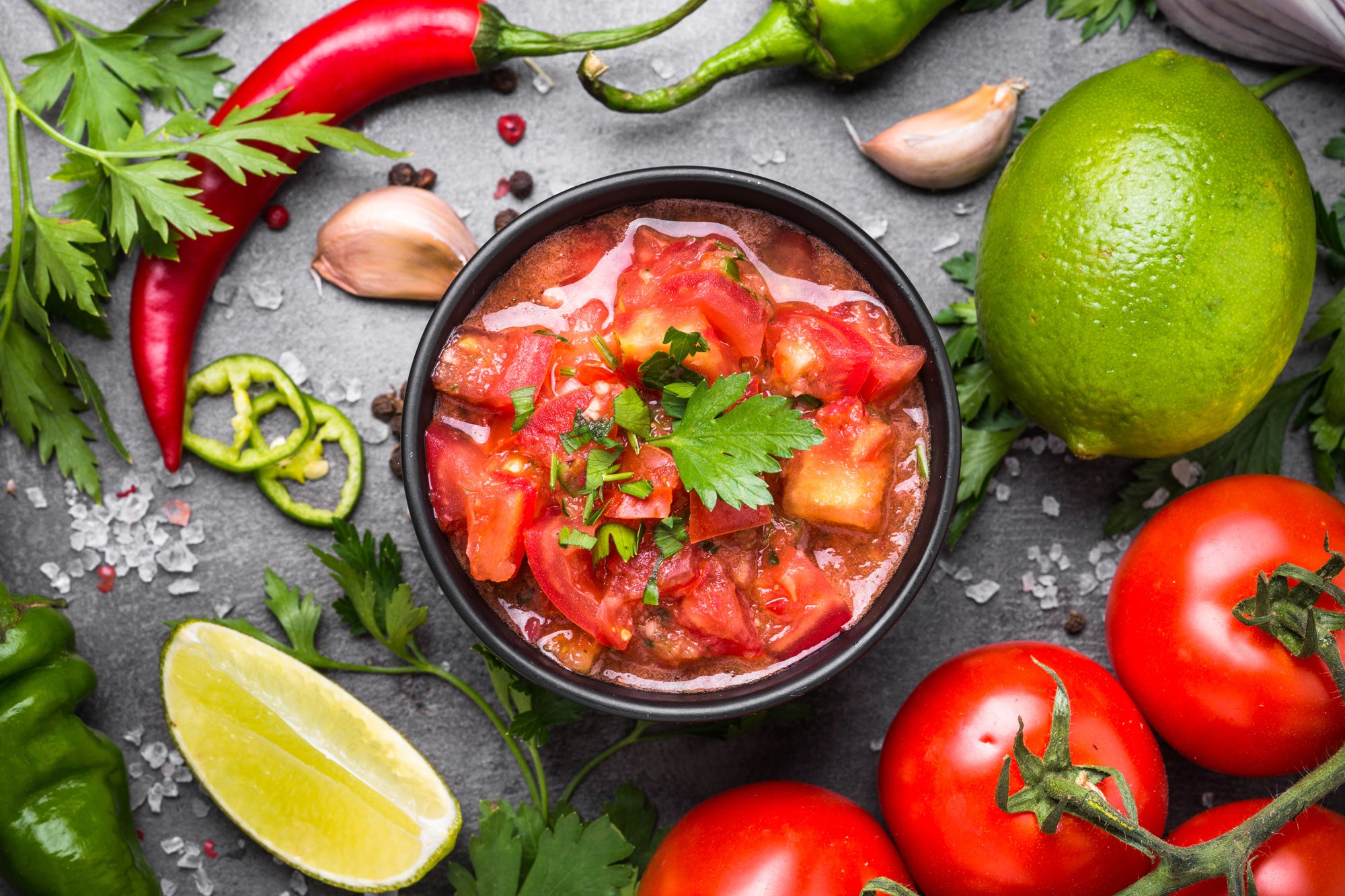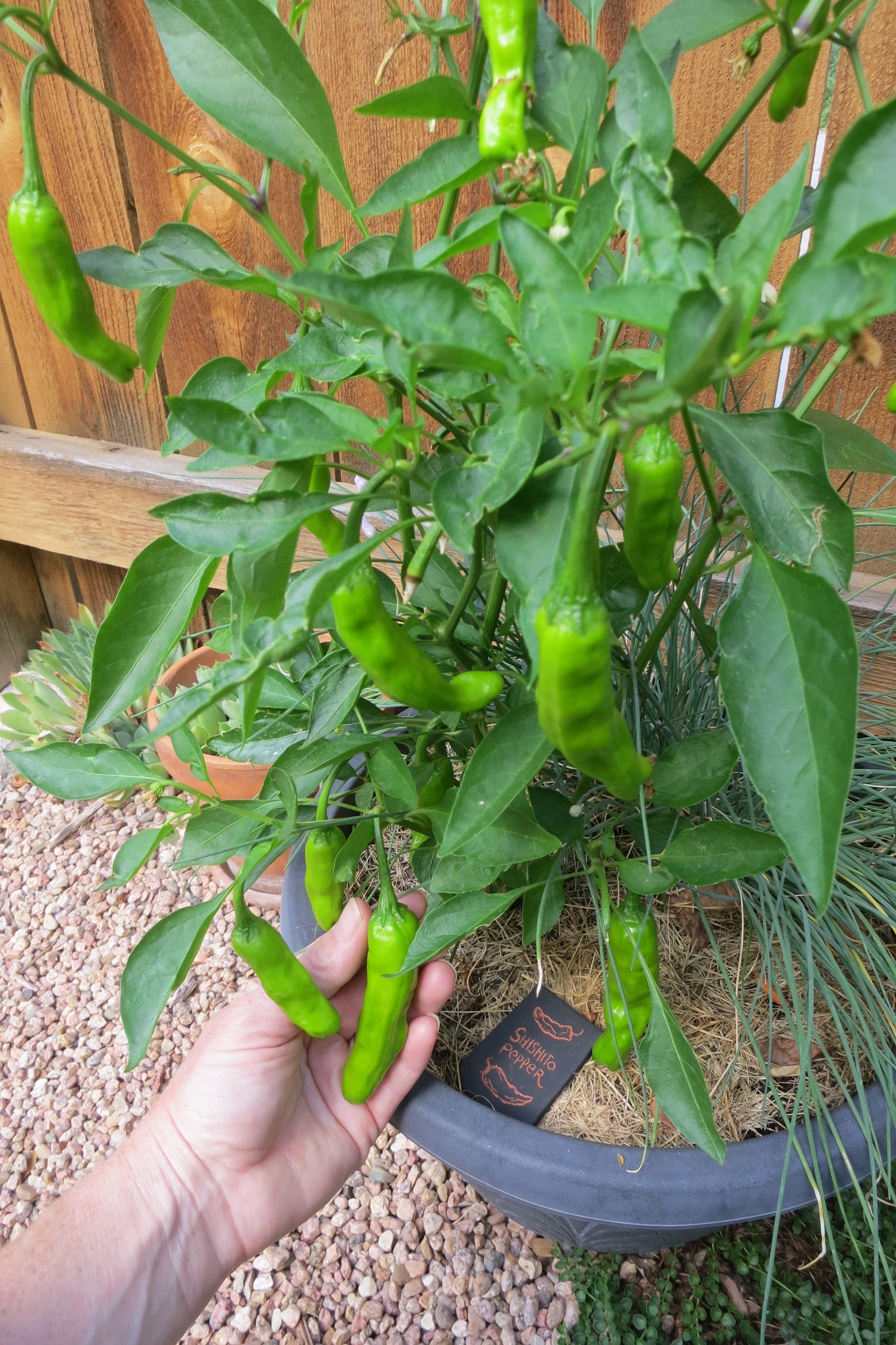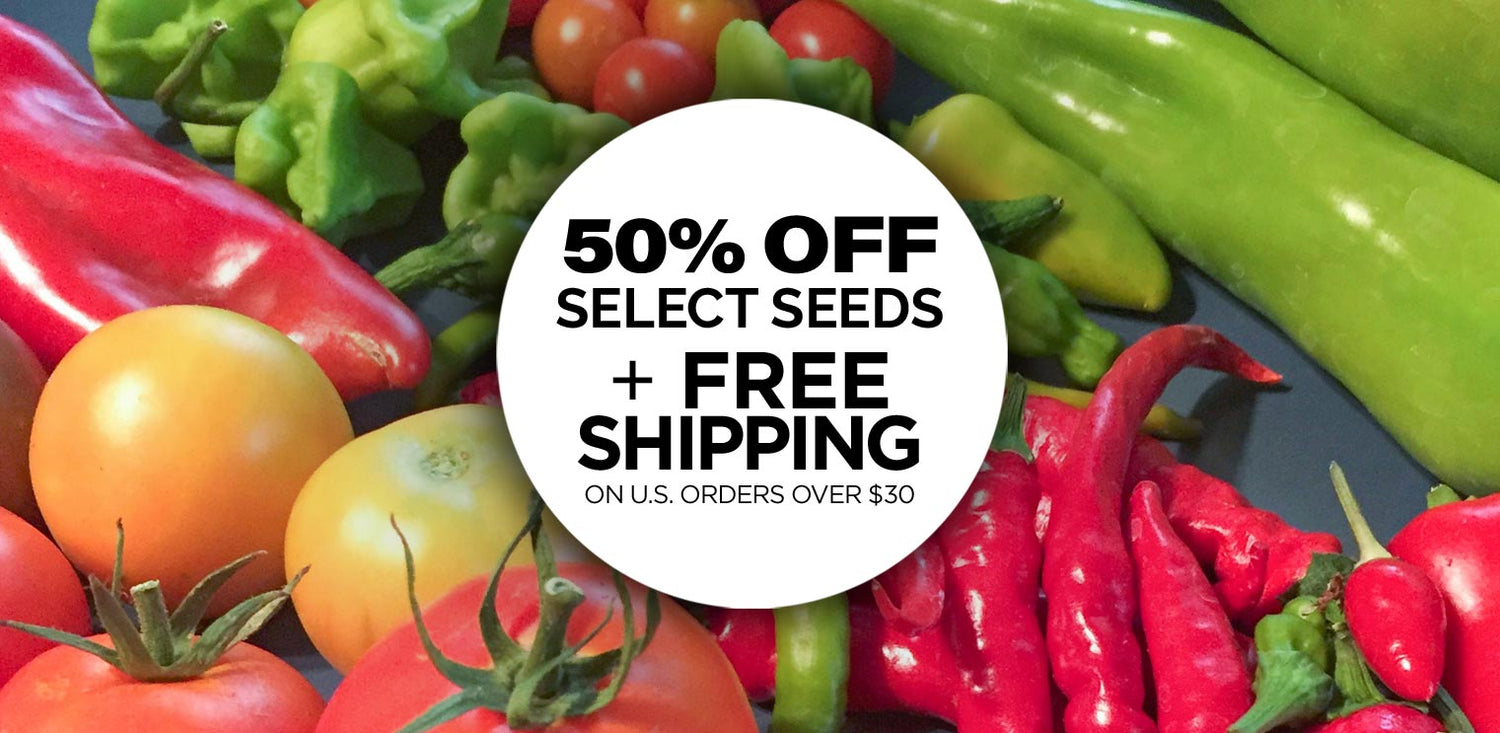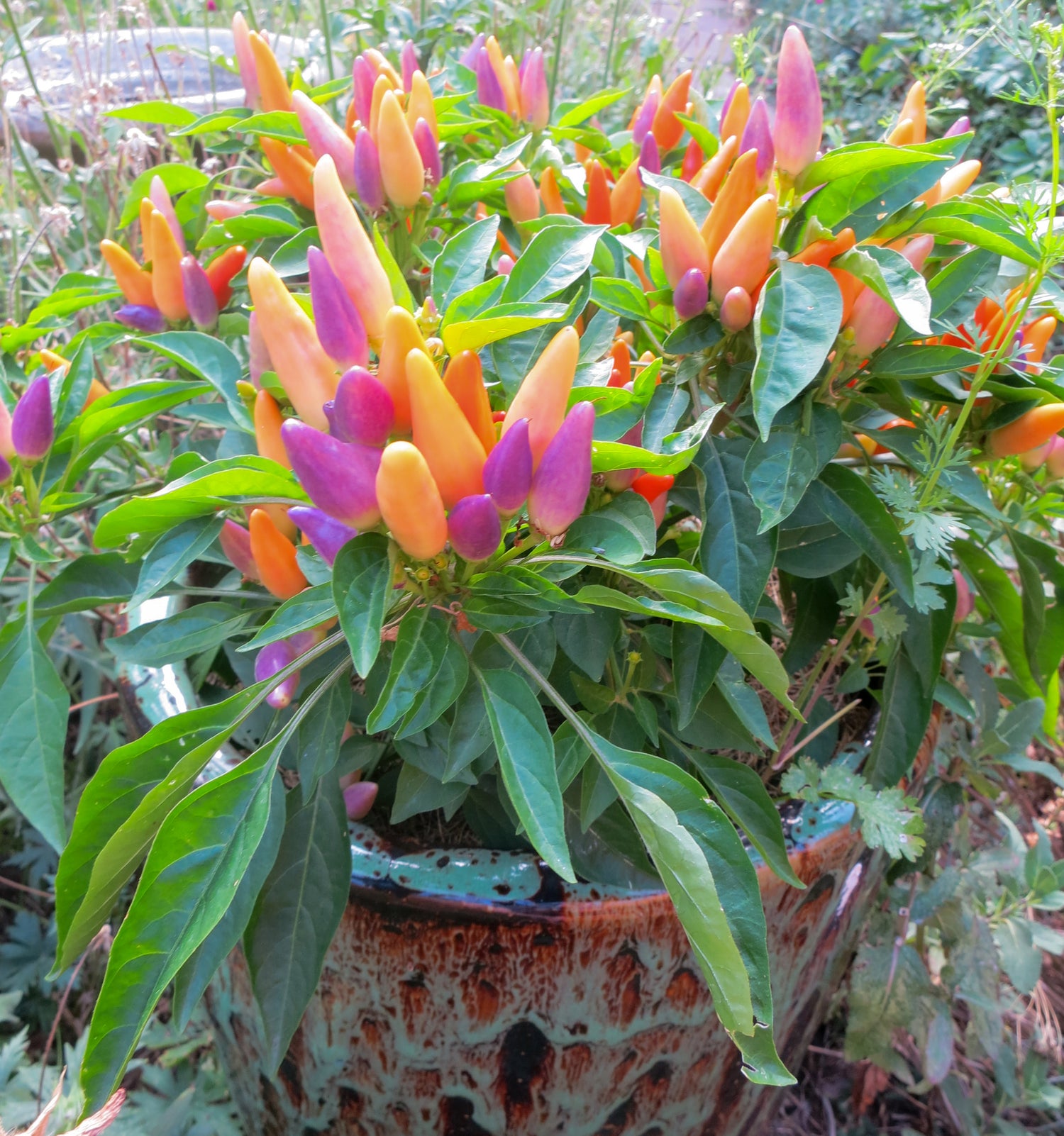
Pepper plants growing slow? Wondering why your pepper plants aren't growing? Or why are your pepper plants growing so slow? With peppers, patience is a virtue – so don't give up on your peppers if they are taking their sweet ol' time.
Here are our top tips on getting your pepper seeds and plants to grow faster:
-
When starting pepper seeds, keep them warm: For the most successful and fastest germination, pepper seeds need warmth and moisture. We recommend keeping them very warm at 80-90˚F for fastest germination. To keep seeds this warm, we often use a seedling heat mat under the trays to keep them at the optimal temperature.
Once sprouted, give the pepper seedlings a gentle breeze a couple hours and a few times a week with a small fan, or brush them with your hands daily. This stimulation and air movement helps to keep them stockier and not get as leggy, plus cuts down on dampening off, a common seedling ailment that causes them to shrivel up and die. Learn more about Weak Pepper Seedlings »
-
Harden off your pepper seedlings! Don't just transplant them outside after growing indoors without first hardening off your pepper seedlings. This means gradually getting them accustomed to the bright hot light of the sun, as well as to strengthen their stems to withstand outdoor breezes. It's very simple to do this, you just want to gradually expose any seedlings you start to the sun and outdoor conditions. To do this, first set them in dappled shade for a few hours (or put them outside on an overcast day), and then incrementally increase the amount of sun they receive for a period of several days.
Once they are used to the outdoors, you can transplant them on a overcast day or early in the morning or evening so they have some time to adjust before getting hit with the hot sun. Once you transplant them, know that it can take them 2-3 weeks before they start showing top growth, so be patient.
-
Bright Light & Full Sun: If starting pepper seeds indoors, after they sprout, make sure your peppers are getting plenty of bright light. Keep the light source near the seedlings and keep the light on them for at least 12-16 hours a day. Eventually, when it warms up enough outside, the pepper plants should be planted outdoors in full sun with at least 6-8 hours of sunlight a day.

-
Warm Weather: Do not transplant pepper plants outdoors until temperatures reach a constant 60-70° F or higher, even at night. Slightly cool nighttime temperatures can stunt plants so they grow very slow or not at all, and frosts can kill your pepper plant very easily. Note that after transplanting peppers into the garden, they can take a week or two to settle in before showing much top growth.
Note that the opposite is true, too: If the weather is super hot, over 90˚ F, pepper plants also slow down on growing and may not have good pollination of blooms, so don't be alarmed if they slow down a bit during super hot spells.
Note, if you live in a cooler region like the mountains, you can also try growing these are cooler weather tolerating peppers »

-
BE PATIENT – once transplanted, peppers often take a week or two before you start seeing new growth. It takes time for them to settle in and grow more roots before they start growing new leaves. So don't give up on them!
- Don't Over-water!! One of the biggest mistakes of gardeners (even experienced ones) is to over-water pepper plants and seedlings. Just because your pepper plant isn't growing, it doesn't mean it needs more water. Check the soil first. Peppers hate soggy feet and will quickly wilt and turn yellow if their roots are drowning in wet soil. Make sure to keep the soil moist, but it let it dry out slightly between waterings.
How do I make my pepper plants grow faster?
Find our top tips for fast growing peppers to learn about the fastest growing peppers to grow and how to take care of your pepper plants so that they grow more quickly and produce larger harvests!
Why are my pepper plants so small?
They could be stunted by cool weather, especially cool nights. Keep peppers warm and wait to plant outside until the weather has warmed up to 60-70˚ F at night consistently. You'll find once the hot weather arrives and the soil warms up, the peppers should start taking off.
Also, be sure they are planted in full sun (6-8 hours+) and that you're not overwatering your pepper plants as soggy roots are one of the most common reasons for stunted and unhealthy, slow-growing pepper plants.
Want more pepper growing tips?
Learn more about How to Grow Peppers:





















